Reptiles of Cyprus
Cyprus is inhabited by a large number of reptile species such as Chameleons, geckos, agamas, monitor lizards and other lizard species, and even eight species of snakes are poisonous. One of the most venomous snakes in Cyprus is the Blunt-nosed Viper.
The Mediterranean island of Cyprus, with its rich mosaic of landscapes, supports a fascinating assemblage of serpentine life, featuring species uniquely adapted to this setting. From the sun-soaked coastal plains to the rolling hills and rocky outcrops, native snake species thrive, each playing a pivotal role within their respective ecosystems. The cast of characters includes the secretive Cat snake, the agile Cyprus whip snake, and the formidable blunt-nosed viper, to name just a few. This exploration aims to unwrap the mysteries of these slithering inhabitants, bringing to light their behavioural patterns, ecological significance, and the nuances of their coexistence with the island’s human residents. The intricate dance between man and snake is often misunderstood, occasionally leading to conflict; yet, understanding and respect for these creatures can lead to harmonious connections, critical for sustaining the delicate balance of Cyprus’ natural world.
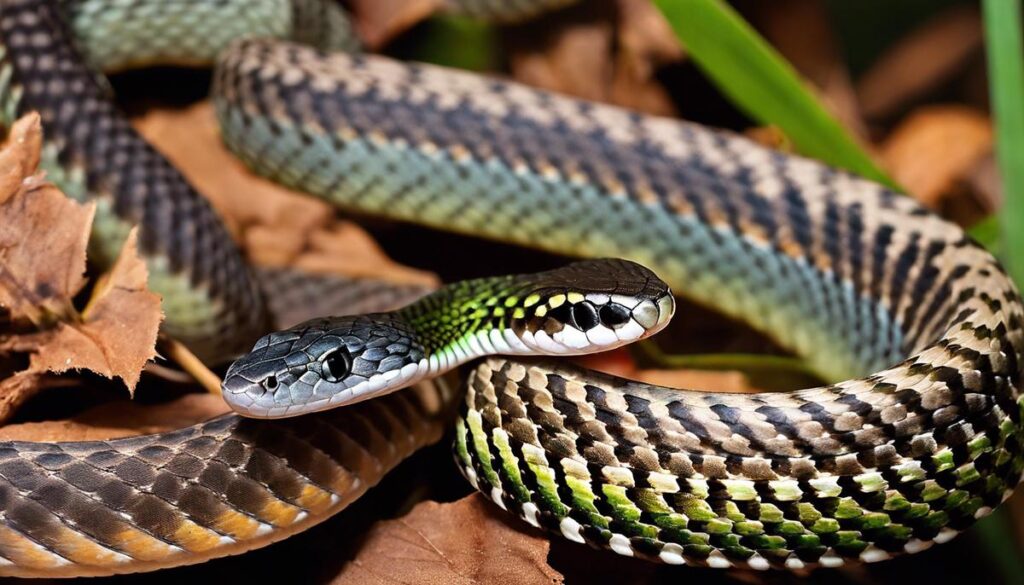
Huge Black Whip Snake (Dolichophis jugularis)The largest species of snake in Europe–Cyprus
"Endemic Serpents of Cyprus: A Glimpse into an Island's Unique Ophidian Fauna"
Cyprus, an island of great natural beauty and biodiversity, is home to a remarkable group of serpent species, some of which are found nowhere else in the world – these are the endemic snakes of Cyprus. Among these species, the Cyprus whip snake (Hierophis cypriensis) manifests as a striking example of the island’s unique ophidian fauna. Fully adapted to the Cypriot habitats, the Cyprus whip snake can be identified by its slender body and fast-moving nature, as well as a diet that predominantly consists of small vertebrates and invertebrates, reflective of the ecological niches present on the island.
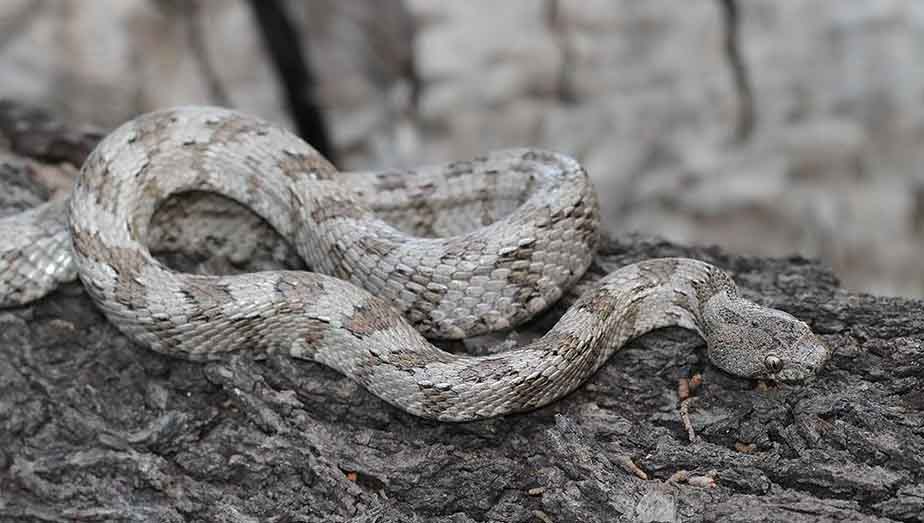
Cypriot Blunt-Nosed viper - Macrovipera Lebetina
Another particularly notable species is the Cypriot blunt-nosed viper (Macrovipera lebetina lebetina), a venomous serpent that commands respect due to its potent bite and significant role within the island’s ecosystem. This snake is distinguished by its distinctively large, triangular head and stout body and has adapted remarkable resilience to the varying climatic conditions present across Cyprus. Conservation initiatives have been paramount to ensure the survival of these species, especially considering the pressure from habitat destruction and human encroachment.
While these two species stand out in their endemism and ecological significance, they also symbolize the intricate relationship between Cyprus’s varied landscape and its indigenous fauna. Ongoing research continues to refine the understanding of these snakes’ behaviour, habitat preferences, and conservation status, underlining the importance of preserving Cyprus’s natural heritage for the benefit of biodiversity and scientific inquiry.
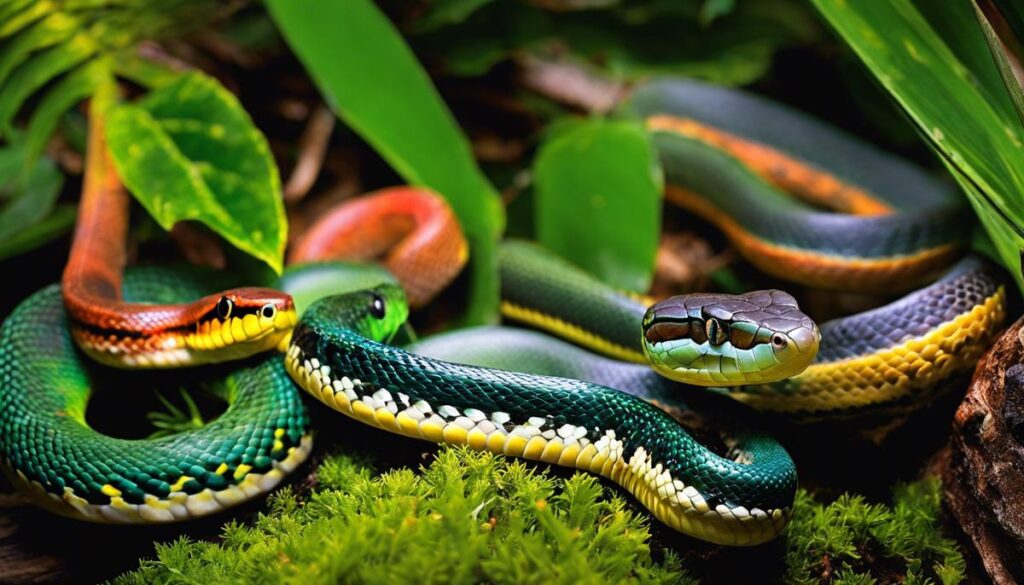
A group of colorful snakes in diverse patterns and sizes, slithering through a lush forest habitat.
Conclusion
In conclusion, educational outreach and rigorous scientific research are crucial in fostering awareness and protection for the island’s endemic reptiles. The endemic snakes of Cyprus offer an intricate puzzle piece to the broader ecological picture, one that researchers are painstakingly piecing together in the quest to preserve the delicate balance of the island’s natural environment.
Venomous Snakes and Human Encounters
The nuances of human-snake interactions in Cyprus gain criticality, particularly vis-à-vis venomous species, invoking both conservation and public health concerns. The exchange between humans and these reptiles, especially the venomous viper, carries implications for ecosystem balance and the potential for envenomations that may ensue from unfavourable encounters. With expanding human populations and developmental activities encroaching upon natural habitats, the probability of such interactions heightens significantly. These often-unintentional meetings can result in undue harm to both humans and snakes, wherein the former may experience venom-related injuries, while the latter could be subjected to misguide retaliatory killing, detrimentally influencing the biodiversity and ecological equilibrium of the region.
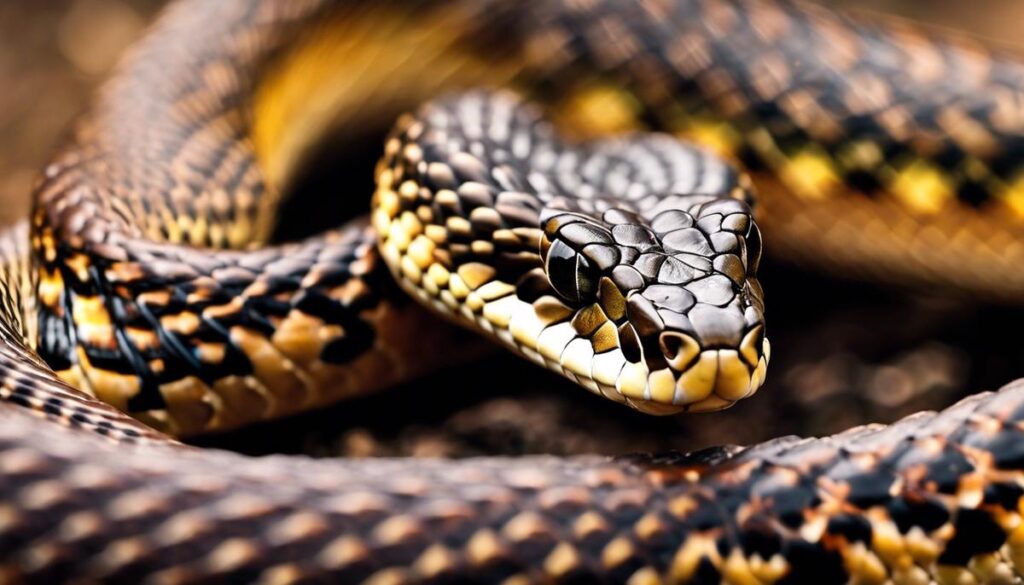
A close-up photo of a venomous snake in Cyprus, showcasing the complexity of human-snake interactions
Consequently, the aforementioned interactions necessitate a multifaceted response that amalgamates public health preparedness and environmental stewardship. On a public health tangent, the establishment and reinforcement of medical protocols are imperative to efficiently address snakebite incidents—upskilling healthcare professionals in effectively treating envenomations and ensuring an adequate supply of antivenom. From an environmental perspective, the necessity for dissemination of accurate information concerning snake behaviour and the role of venomous serpents in Cyprus’s ecosystems becomes paramount. Such educational undertakings aim to mitigate misplaced fear and foster coexistence, contributing to the reduction of adverse events. Together, these responses solidify the interconnection between human safety and the conservation of serpents within their natural milieus, moulding a collective awareness of the importance of venomous snakes as an intrinsic component of Cyprus’s rich biodiversity.
Conservation Efforts for Cyprus' Snakes
Given the myriad of challenges posed by human-snake interactions, it is imperative that conservation measures entail a comprehensive strategy that goes beyond conventional habitat preservation.
Currently, stringent legal protections are in place to safeguard the snake species of Cyprus. These include legislation that classifies pivotal snake habitats as protected areas, limiting human encroachment and preserving the natural ecosystems on which these reptiles depend.
Additionally, the Cyprus government, in collaboration with environmental organizations, has delineated zones of critical environmental concern where human activities are carefully regulated to minimize impact on snake populations.
At the community level, novel approaches to conservation have emerged. These schemes emphasize the harmonious coexistence of humans and snakes. For instance, local stakeholders have been engaged in participatory conservation initiatives that involve the identification and protection of snake corridors — essentially routes that ensure safe passage for snakes between increasingly fragmented habitats. This participative process not only facilitates snake movement across the landscape but also serves to heighten local awareness and reduce adversarial encounters.
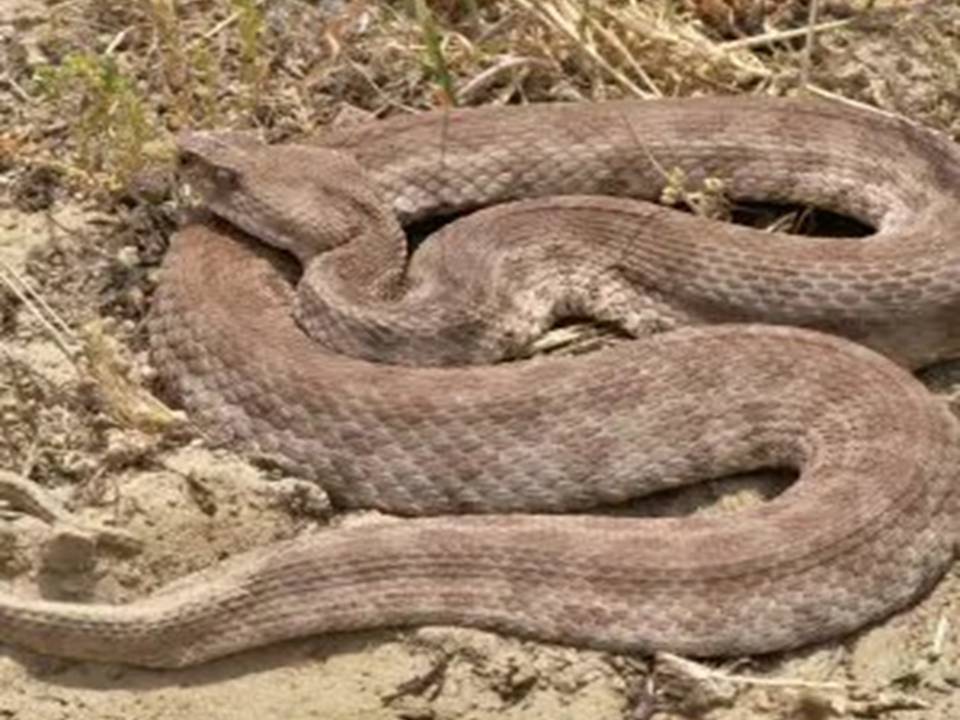
Furthermore, an integrated pest management system that acknowledges the role of certain snake species in controlling rodent populations is gaining traction. This perspective not only underscores the ecological function of snakes but also presents them as allies to agriculture, therein fostering a more positive human-snake dynamic.
In sum, the conservation measures for the protection of the snake species of Cyprus are multifaceted. Legal protections, habitat conservation, community participation, and ecological education converge to create a robust framework that acknowledges both the inherent worth of these reptilian inhabitants and their integral role within the Cypriot environment. As development advances, continued vigilance and adaptability in conservation strategies are paramount to ensure the resilience of both snake populations and the broader biodiversity of the island.
The rich tapestry of snake species in Cyprus tells a story of resilience and adaptation, yet it is a narrative laced with vulnerability in the face of human expansion and environmental shifts. Upholding the intricate balance of the island’s ecosystems demands conscious conservation efforts that harmonize the needs of wildlife with those of a developing human landscape. It is through persistent research, proactive habitat management, and community-driven initiatives that the future for these reptiles is secured. By fostering a culture of appreciation and knowledge, the residents and guests of Cyprus can ensure that snakes continue to play their essential roles in the island’s ecological harmony for generations to come.


